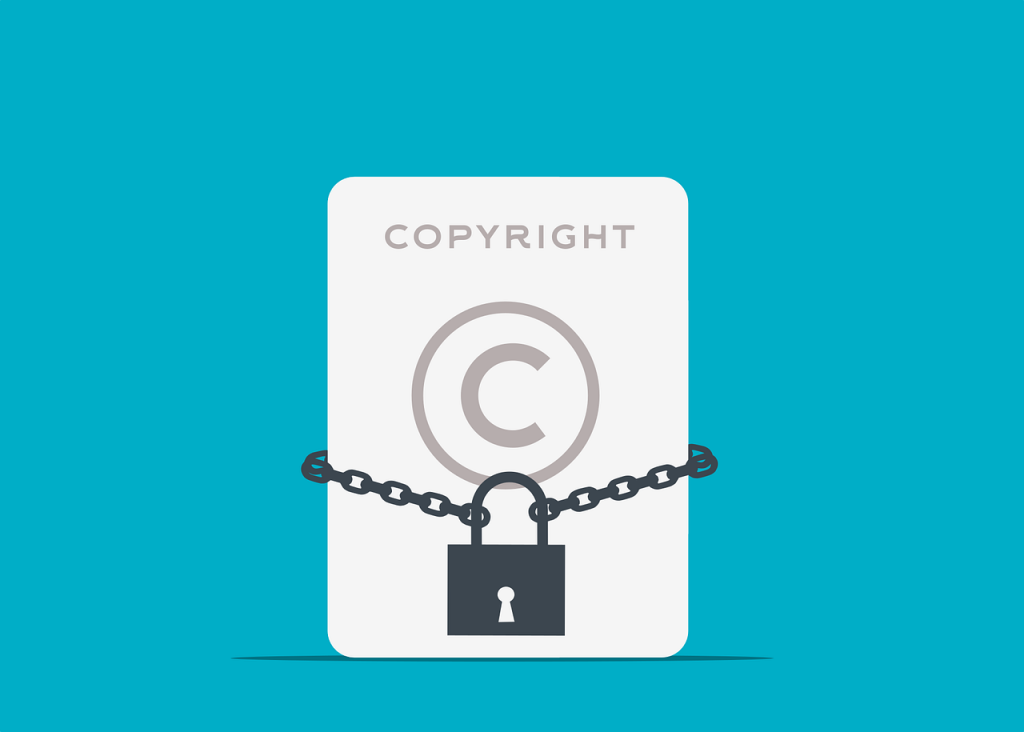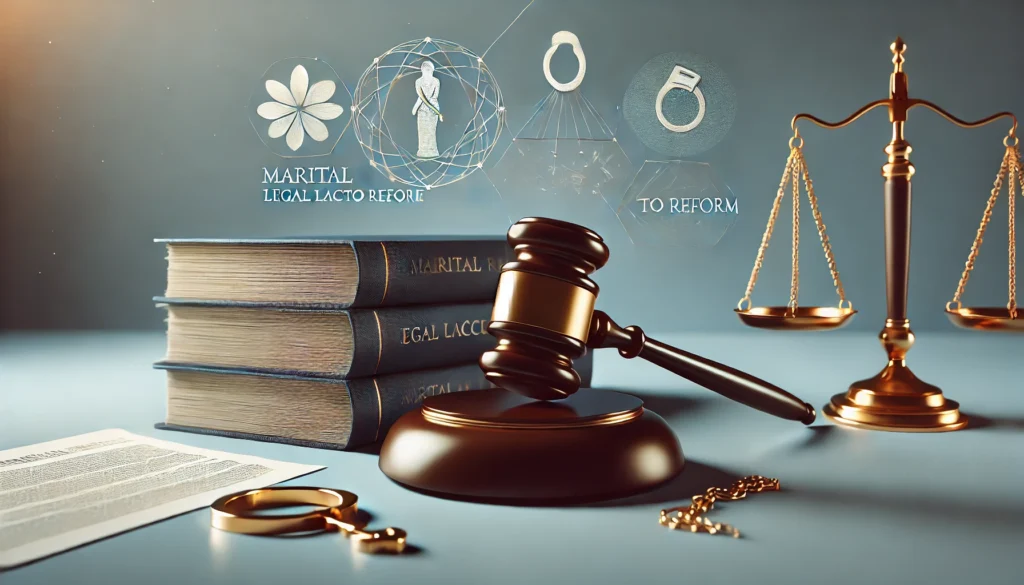Published on 07th July 2025
Authored By: Aryan Agarwal
National Law University, Odisha
Introduction
In todays fast moving world brand plays and important role and protection of brand identity is very important. As brand gains importance and creates trust among the individuals it becomes very important to protect the rights of the brand and the value it adds to the customer life’s. To address such needs there came the evolvement of the trademark law in 1940s where an act of Trademark Act of 1940 was introduced providing statutory protection for the provision in the trademark law. Accordingly there have been subsequent changes made in the Trademarks Act, 1940 which was replaced by Trade and Merchandise Marks Act, 1958 and the Trade and Merchandise Marks Rules, 1959 were also came into existence then.[1]
Concept of Trademark
Trademark is defined under the section 2(1)(zb) of the Trade Marks Act, 1999 as a mark being represented graphically and capable of distinguishing the goods or services of one person. It includes the names, symbols, words, slogans, shapes or even sounds or colours in some cases.
Types of Trademarks
- Product marks
- Service marks
- Collective marks
- Certification marks
- Trade dress
Legal Framework
In Indian trademark law, the field of trademarks has enlarged with the changing business scenarios and marketing strategies. The examples are:
- Sound Marks: Yahoo’s yodel sound is trademarked.
- Colour Combinations: When acquired with distinctiveness, some colour combinations can get protection, e.g., Cadbury’s purple.
Relevant Statutory Framework
- Trade Marks Act, 1999: The principal legislation for registration enforcement and protection.
- Madrid Protocol (Accession in 2007): From India, it allows international registration and from an Indian trademark holder abroad.
- Common Law Doctrine of Passing Off: Protects unregistered trademark rights based on prior use and goodwill.
The Act has therefore been harmonized under the TRIPS Agreement, giving a globally competitive IP Laws in India that are protective.[2]
Registration Procedure and Rights Granted
Though registration of a trademark is not compulsory in India, it greatly enhances the legal status of the owner. A registered trademark gives sole rights to use the mark for the goods or services for which it has been registered, and enables the owner to file infringement proceedings under the statute. The process of registration begins with a search for the trademark to confirm that the mark is not already in use or confusingly similar to an existing mark. Upon search, the applicant submits Form TM-A within the appropriate class according to the Nice Classification. The Registrar then scrutinizes the application for absolute as well as relative grounds of refusal.
Grounds of refusal under Section 9 of the Act include marks that are not distinctive, descriptive, generic, or against public morality. Relative grounds under Section 11 include a conflict with prior marks that are identical or deceptively similar. If the application passes the examination phase, it is published in the Trade Marks Journal to permit public opposition within four months. If there is no opposition or if the opposition is dismissed, the mark is registered and is protected for ten years, which can be extended indefinitely.
Registration grants various statutory rights like the right to affix the ® symbol, right to license or assign the mark, and right to sue for infringement. In addition, a registered trademark is prima facie proof of ownership in court cases. Registration also increases the commercial value of the brand and facilitates entry into licensing agreements, franchise models, or expanding in overseas markets.[3]
Infringement, Remedies, and Passing Off
Enforcement of trademarks in India is made possible by civil, criminal, and administrative remedies. Infringement of a registered trademark is when an unauthorized person adopts a mark that is identical or confusingly similar in a manner likely to result in consumer confusion. Section 29 of the Trade Marks Act enumerates the kinds of infringement, and they range from use of deceptively similar marks in advertisements, domain names, packaging, or any other medium where it causes confusion as to origin of goods or services. For example, use of a registered trade mark name as a meta-tag for online search engine optimisation has been held by Indian courts as infringement.
Remedies for infringement available in law are injunctions (interim and permanent), damages or account of profits, delivery up of infringing goods for destruction, and even criminal prosecution where there is counterfeiting. Criminal justice can provide imprisonment for a term which may extend to three years along with a fine of up to ₹2 lakhs. Civil courts also issue Anton Piller orders and John Doe orders where there is extensive counterfeiting.
Unregistered trademarks, while not statutory protected, can still be defended by the common law tort of passing off. Proof of the three factors is necessary in a passing off claim: goodwill or reputation of the mark, misrepresentation by the defendant, and consequential harm to the brand or business of the plaintiff. The seminal case of Cadila Healthcare Ltd. v. Cadila Pharmaceuticals Ltd. (2001) dwelled on the requirement of a stricter test in pharma trademark cases, with an eye to consumer safety. Courts have also granted protection to domain names as trademarks, as in the case of Yahoo Inc. v. Akash Arora (1999), where the Delhi High Court issued an injunction against the use of a confusingly similar domain by the defendant.[4]
Strategies for Successful Brand Protection
Although legal solutions are inevitable, preemptive brand management plans also play a crucial role in protecting trademarks. Companies should first register all main marks and derivative marks like logos, slogans, and even hues as a first step. When a company has various classes of products or services, there is a recommendation for multiple class registration. For international expansion, employing the Madrid Protocol can facilitate international registration under one window operation.
In addition to registration, active monitoring and enforcement are called for. Companies can use online monitoring software to monitor misuse of their marks on e-commerce platforms, social media, and third-party marketplaces. Timely action in the form of takedown notices, cease-and-desist letters, or legal notices can scare away infringers and uphold brand integrity. Top Indian brands like Tata, Infosys, and Amul have effectively defended their marks through both litigation and technological brand protection solutions.
Another essential element is internal brand governance. Firms must inform employees, dealers, and business partners how the brand is to be used properly to avoid dilution. Trademark licensing and franchising must be supported by clear contractual provisions, including quality control standards and usage limits to prevent misuse of the brand by licensees or franchisees.[5]
Emerging Challenges and Recent Legal Developments
Even with a robust legal system, Indian brand protection is hindered by various practical and emerging issues. Procedural delay is one of the most prominent among them. Trademark registration tends to take years because of backlog at the Trademark Registry, impacting the commercial viability of trademark-based strategies. Although the dissolution of the IPAB in 2021 was intended to streamline the process, it has increased the burden on High Courts, which now handle appeals and rectification petitions. While some High Courts, like that of Delhi, have established dedicated IP benches, there remains a pressing need for better infrastructure and specialized adjudication.
Counterfeiting and piracy are ongoing hazards, particularly in the pharmaceutical, FMCG, fashion, and electronics industries. Counterfeit products not only dilute brand equity but also undermine consumer safety. Companies are increasingly turning to technology-based anti-counterfeiting mechanisms, including holograms, QR codes, and blockchain traceability, to authenticate product authenticity. The Customs Department under the IPR (Imported Goods) Enforcement Rules, 2007, also enables trademark owners to register their marks and stop counterfeit goods at ports.
Online platforms offer yet another area for trademark abuse. Phishing, cybersquatting, and social media impersonation are common. While ICANN’s UDRP system and India’s IT Act provide recourse, enforcement is usually tardy. Social media websites and online shopping websites offer IP protection gateways, but these systems must be utilized and policed better. There also has to be an increase in the awareness of small and medium enterprises (SMEs) regarding trademark protection, since most of them have no idea what brand erosion entails or the tools used in protecting their brand identity.[6]
Role of Judiciary in Shaping Trademark Jurisprudence in India
The Indian judiciary has been instrumental in interpreting and developing the ambit of trademark law, frequently filling legislative lacunae and addressing new challenges arising due to globalization and online trade. Through a series of landmark judgments, the courts have significantly helped secure brand identity and consumer interest.
One of the oldest and most important cases is Amritdhara Pharmacy v. Satyadeo Gupta (1963), in which the Supreme Court established the landmark test of deceptive similarity. According to the Court, phonetic similarity and potential confusion on the part of averageconsumers are to be tested cumulatively, considering imperfect memor. This test has been at the heart of Indian trademark law ever since. Another landmark decision was in Cadila Health Care Ltd. v. Cadila Pharmaceuticals Ltd. (2001), in which the Supreme Court asserted more stringent standards for trademarks applied in the pharmaceutical sector given public health interests. According to the Court, even slight similarities would lead to confusion among illiterate or semi-literate buyers, necessitating stringent enforcement.
The courts also extended passing off to include domain names and the Internet. In Yahoo Inc. v. Akash Arora (1999), the Delhi High Court declared that domain names were capable of being protected under trademark law, acknowledging their commercial value in the age of the internet. In exactly a similar vein, in Tata Sons Ltd. v. Manu Kishori (2001), the Delhi High Court enjoined use of the domain “tatainfotech.com” for being misleadingly similar and likely to confuse internet users. These rulings highlight the flexibility of Indian courts to apply conventional trademark principles to the cyber age.
Indian courts have also accepted the principle of transborder reputation in a number of cases, recognizing that a trademark may not even physically exist in India to be given protection. In NR Dongre v. Whirlpool Corporation (1996), the Delhi High Court ruled that Whirlpool’s reputation worldwide, generated by international advertisements and brand reputation, was enough to warrant protection in India in spite of lack of direct market operations there then. This forward-looking allowance of international brand equity conforms Indian jurisprudence to global standards and favors foreign investment.
In addition, courts have positively applied the ethical and moral aspects of trademark law by rejecting registration for marks that are offensive or against public policy. Refusal to register names containing national symbols, religious figures, or references to caste indicates a judiciary that weighs commercial rights against constitutional values and public sensibilities.
In total, the Indian judiciary has not only become the guarantor of statutory rights but also an interpreter of nascent legal issues, continuously reworking the boundaries of trademark protection amidst technological, commercial, and social changes.[7]
Comparative Insights: India’s Trademark Regime and International Standards
India’s trademark law has come a long way to keep pace with international intellectual property norms, especially after joining the World Trade Organization (WTO) and becoming a signatory to the Agreement on Trade-Related Aspects of Intellectual Property Rights (TRIPS). This has made Indian brands increasingly global while also providing foreign investors with appropriate protection in the Indian market.
The TRIPS Agreement requires minimum requirements for protecting and enforcing intellectual property rights, including trademarks. India’s Trade Marks Act, 1999, mirrors these requirements by providing protection for service marks, well-known marks, and through provision of enforcement and dispute settlement procedures. Section 11 of the Act specifically includes the notion of “well-known trademarks” as per Article 16 of TRIPS and Article 6bis of the Paris Convention. Indian Trademark Registry keeps an updated list of well-known trademarks accepted globally, such as international brand names like Coca-Cola, Google, and Microsoft, thereby showing India’s eagerness to protect global brands.
India’s membership of the Madrid Protocol since 2013 has also made the process of international registration easier for Indian applicants. Through a single application in the Indian Trademark Office, protection in more than 100 countries is now ensured. This has especially helped Indian startups and medium-sized businesses in expanding their brand globally.
Compared to other major jurisdictions such as the United States or the European Union, India’s registration process is comparatively liberal in recognizing non-traditional marks like sound and color marks. But enforcement processes in India are generally less effective owing to delays in procedures, limited capacities of IP cells within police stations, and sluggish judicial processes. Whereas the U.S. and E.U. have specialized IP courts and fast-track procedures, Indian courts—while strong in jurisprudence—are plagued with case backlogs. Abolition of the Intellectual Property Appellate Board (IPAB) in 2021 was intended to decongest litigation by delegating jurisdiction to High Courts, but rollout is ongoing.
A further difference exists in how bad faith registrations are treated. China and the U.S., for instance, actively sanction bad-faith applications and insist on proof of use at registration or soon after. India, while not insisting on use before registration, does address mala fide intent in opposition or rectification proceedings. This reflects an increasing convergence, but also areas where procedure needs to be improved.
Notwithstanding these lacunae, India’s domestic legal architecture offers robust protection against piracy, counterfeiting, and infringement, as well as improved harmonization with international practice. With the deepening of globalization and the growth of digital markets, additional reforms in enforcement effectiveness and inter agency cooperation will enable India to level-match the operating competitiveness of leading IP jurisdictions. Cross border coordination, including data exchange with WIPO and customs action against counterfeit imports, also highlights India’s active global leadership in trademark rights protection.[8]
Conclusion
Indian trademark law has become a strong and elaborate mechanism for the protection of brands in a competitive commercial environment. The Trade Marks Act, 1999, coupled with judicial decisions and international treaties such as TRIPS and the Madrid Protocol, is a legal framework that acknowledges traditional as well as non-traditional trademarks. Not only does registration of trademarks give exclusive rights, but market credibility is also increased as well as easier enforcement.
Yet legal protection has to be complemented by active measures including portfolio management, online tracking, and anti-counterfeiting technologies. While recent steps such as the establishment of IP benches and digital portals for enforcement are promising, calls for systematic reforms aimed at minimizing procedural lags and enhancing consciousness are still imperative. In an age where brand-building fuels consumer loyalty and business growth, protecting trademarks is not merely a regulatory requirement—it is a business imperative.
References
[1] ‘Trademark Protection: Everything You Need to Know’ <https://adca.in/blog/trademark-protection> accessed 20 May 2025.
[2] ‘Trademark Act, 1999: Key Provisions, Objectives, and Amendments in India’ <https://thelegalschool.in/blog/trademark-act-1999> accessed 20 May 2025.
[3] ‘Your Brand, Your Power: Legal Strategies to Guard Reputation in India | Article | Chambers and Partners’ <https://chambers.com/articles/your-brand-your-power-legal-strategies-to-guard-reputation-in-india> accessed 20 May 2025.
[4] Rachit Garg, ‘The Trade Marks Act, 1999’ (iPleaders, 30 November 2022) <https://blog.ipleaders.in/the-trade-marks-act-1999/> accessed 20 May 2025.
[5] ‘Comprehensive Guide to Trademark Enforcement Strategies in India’ (28 March 2024) <https://depenning.com/blog/trademark-enforcement-strategies/> accessed 20 May 2025.
[6] ‘Advantages and Drawbacks of Trademark and Design Protection in India’ <https://www.iam-media.com/guide/india-managing-the-ip-lifecycle/2024/article/advantages-and-drawbacks-of-trademark-and-design-protection-in-india> accessed 20 May 2025.
[7] Global Legal Group, ‘International Comparative Legal Guides’ (International Comparative Legal Guides International Business Reports) <https://iclg.com/practice-areas/trade-marks-laws-and-regulations/india> accessed 20 May 2025.
[8] ‘India: Practical Application of Legislation to Enhance Dispute Resolution Efficiency’ <https://www.worldtrademarkreview.com/review/the-trademark-prosecution-review/2025/article/india-practical-application-of-legislation-enhance-dispute-resolution-efficiency> accessed 20 May 2025.




